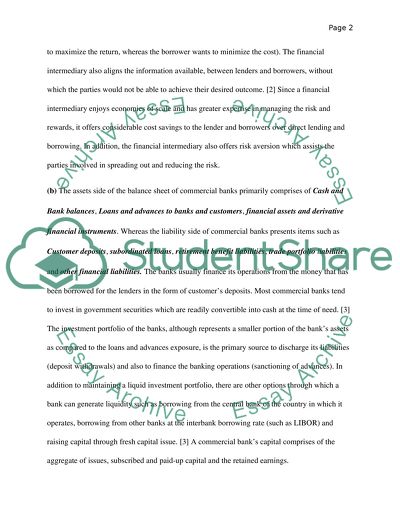Cite this document
(“Finical Coursework Example | Topics and Well Written Essays - 750 words”, n.d.)
Retrieved from https://studentshare.org/finance-accounting/1421825-finical
Retrieved from https://studentshare.org/finance-accounting/1421825-finical
(Finical Coursework Example | Topics and Well Written Essays - 750 Words)
https://studentshare.org/finance-accounting/1421825-finical.
https://studentshare.org/finance-accounting/1421825-finical.
“Finical Coursework Example | Topics and Well Written Essays - 750 Words”, n.d. https://studentshare.org/finance-accounting/1421825-finical.


